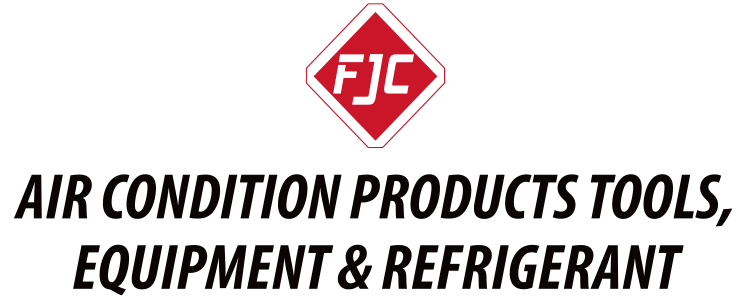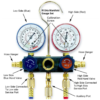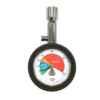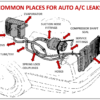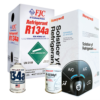Tips for Charging Automotive Air Conditioners
Most people assume if their A/C is blowing warm that they are low on refrigerant. However, this is not always the case. Therefore, when charging A/C systems it is recommended to evacuate the system before adding refrigerant. This is because one of the most important factors in the performance of an A/C is the amount of refrigerant charge. When the system is low the compressor will most likely cycle on and off, because of a pressure imbalance. However, when the A/C is overcharged the pressure on the low side will start to rise and this can also cause poor cooling in the interior compartment. Too much refrigerant can not only reduce the output temperature but also damage the compressor.
The under hood label or User Manual will give exact specifications of exactly how much refrigerant belongs in a system .
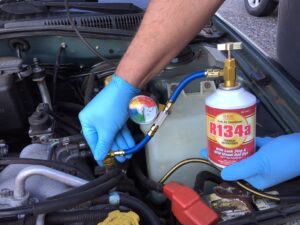
Evacuating and Charging Car A/C
With today’s strict environmental regulations it is against the law to allow any refrigerant to vent into the atmosphere due to the global warming and ozone depleting nature of HCFC and HFC refrigerants. Therefore, it is necessary to first evacuate the system of all refrigerant, by creating a vacuum with a vacuum pump. This process gives you a “clean slate” and also pulls out all extraneous air and moisture before the recharge. Any air or moisture left inside would reduce the efficiency of the system and could also eventually lead to major system failure.
Air causes excessive pressure and can restrict the ability of the refrigerant to change from a gas to liquid phase. Moisture, on the other hand, can freeze up and restrict the flow of refrigerant. Moisture also forms an Acid when mixed with refrigerant which can cause corrosion inside the car air conditioning system.
An FJC vacuum pump can effectively remove this air and moisture from all internal components. After the system is evacuated, the system can be charged by adding refrigerant through the systems service ports.
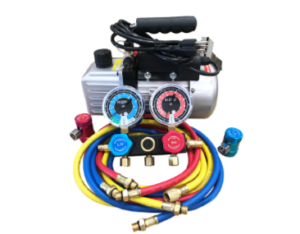
Car A/C Receiver Dryer
Most DIY mechanics add refrigerant directly from a can through a manifold gauge set into the low side service fitting (often located on the accumulator). Although the can and gauges will include a set of instructions, it is always best practice to refer to the specific car manual for your car. This is the safest and most effective way to get the most cooling out of the air conditioning system.
Adding Oil to the A/C System
In most cases the only time it is necessary to add an oil charge is if there is major damage or if a component is replaced in the system. If the system has become low due to a small leak, it is likely that most of the refrigerant oil is still in the system despite the fact that refrigerant has escaped. The compressor or receiver dryer (also called an accumulator), should maintain a fair amount of refrigerant oil.
The oil in the system combines with the refrigerant to lubricate the internal components as the refrigerant circulates. Too little lubricant could cause system damage. Too much oil and the refrigerant loses its ability to properly cool. Compressor oil level is generally checked only when there is evidence of a major loss. For example a broken hose or collision damage to the front of the car would quickly empty the system . The A/C condenser could rupture and refrigerant and its associated oil could escape.
When replacing refrigerant oil it is important to use the specific type and quantity of A/C oil recommended by the compressor manufacturer.
Understanding how A/C works will help you fix A/C problems. Questions? Use our contact form and we’ll be happy to help.
LMK 2019

